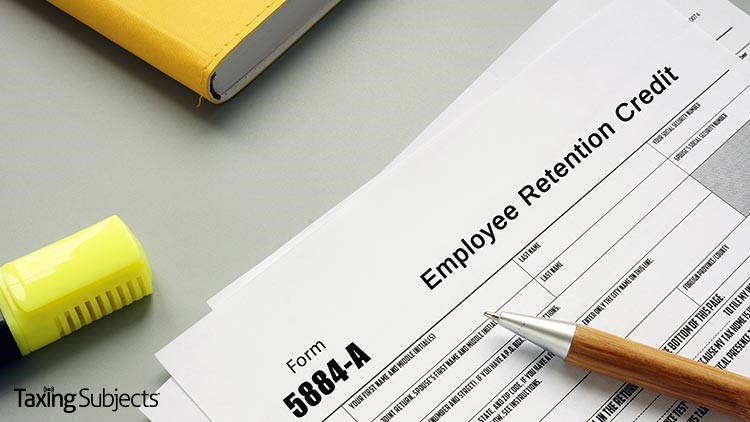
The sweeping American Rescue Plan Act of 2021 may have greenlit the third round of economic impact payments, but it also includes changes to several tax credits—many of which were designed to provide relief to struggling Americans whose finances took a hit during the pandemic. One of those affected tax credits helps both employees and businesses: the employee retention credit, or ERC.
As the name suggests, the ERC provides a tax credit to businesses that keep their employees on payroll during coronavirus-related lockdowns and closures. It was created by the CARES Act, and the Taxpayer Certainty and Disaster Tax Relief Act increased the amount of the credit and extended it until June 30, 2021. The American Rescue Plan makes additional changes, like extending it to the end of the year and adding a new type of qualifying business.
What are some of the changes to the employee retention credit?
The ERC can now be claimed by eligible employers for wages paid after March 12, 2020 and before January 31, 2022, providing a refundable credit of up to $7,000 (70 percent of qualifying wages up to $10,000) against employment tax for wages paid to each employee in a given calendar quarter.
Paragraph (2)(A) of the new section added to the Internal Revenue Code—3134 Employee Retention Credit for Employers Subject to Closure due to COVID-19—generally defines eligible employers as those:
- which was carrying on a trade or business during the calendar quarter for which the credit is determined under subsection (a), and
- with respect to any calendar quarter, for which—
- the operation of the trade or business … is fully or partially suspended during the calendar quarter due to orders from an appropriate governmental authority limiting commerce, travel, or group meetings (for commercial, social, religious, or other purposes) due to the coronavirus disease 2019 (COVID–19),
- the gross receipts (within the meaning of section 448(c)) of such employer for such calendar quarter are less than 80 percent of the gross receipts of such employer for the same calendar quarter in calendar year 2019, or
- the employer is a recovery startup business
New businesses that were started in the early days of the pandemic can also claim the ERC on their tax year 2021 return. Drake Software Education Tax Team Lead Amanda Watson says these “recovery startup businesses” only need to meet two criteria:
- First opened for business after February 15, 2020
- Gross receipts do not exceed $1,000,000
Since RSBs don’t have a three-year period prior to the calendar quarter in which they want to claim the ERC, they instead use the entire amount of time the company has existed to determine whether their gross receipts exceed the threshold. The other difference is an additional cap on the amount that an RSB can claim.
“Like other businesses claiming the ERC, it’s equal to 70 percent of qualified wages limited to $10,000 per employee per quarter ($7,000 credit per employee) for RSBs,” Amanda explains. “What’s different is that—after applying those normal limits—the max credit for each RSB employer is $50,000 per quarter, no matter how many qualifying employees the RSB may have.”
Important: The IRS has not yet released official guidance for the employee retention credit changes found in the American Rescue Plan Act of 2021. The Employee Retention Credit page on IRS.gov even notes that it doesn’t contain current information, instructing visitors to “check back later for updates to [the] page.” So, be sure to frequently check the IRS News page for future guidance on this credit and others.
Source: H.R. 1319
